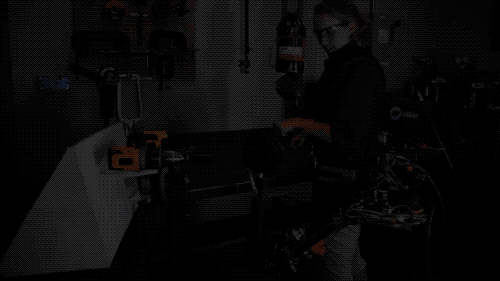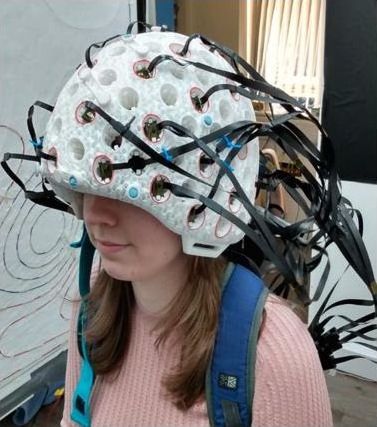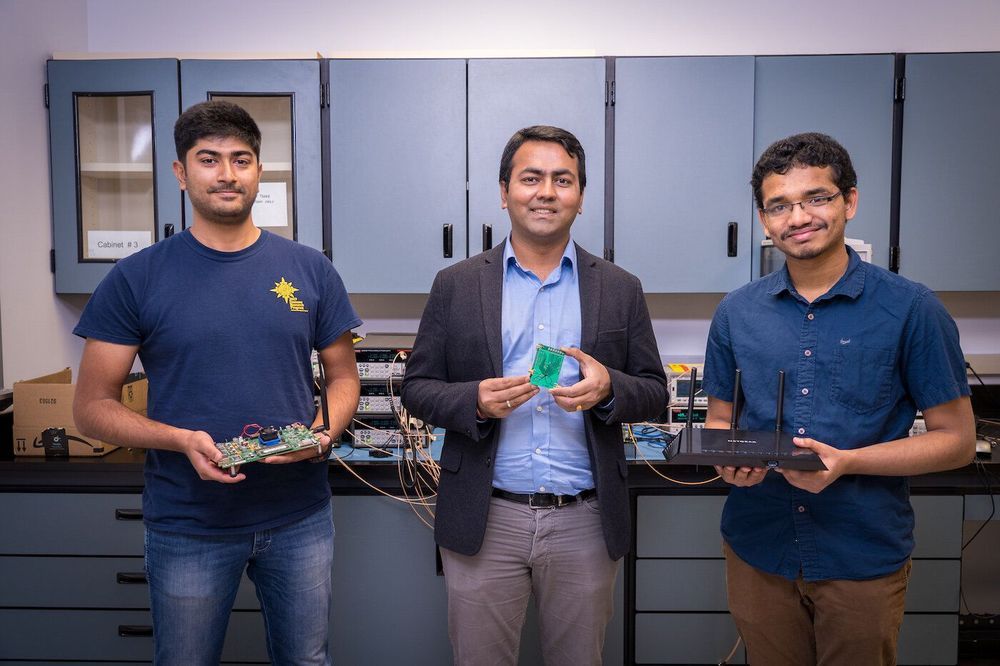Jun 16, 2020
Advancing Automation in Digital Forensic Investigations Using Machine Learning Forensics
Posted by Quinn Sena in categories: biotech/medical, cybercrime/malcode, genetics, government, mobile phones, robotics/AI, wearables
In the last few years, most of the data such as books, videos, pictures, medical and even the genetic information of humans are moving toward digital formats. Laptops, tablets, smartphones and wearable devices are the major source of this digital data transformation and are becoming the core part of our daily life. As a result of this transformation, we are becoming the soft target of various types of cybercrimes. Digital forensic investigation provides the way to recover lost or purposefully deleted or hidden files from a suspect’s device. However, current man power and government resources are not enough to investigate the cybercrimes. Unfortunately, existing digital investigation procedures and practices require huge interaction with humans; as a result it slows down the process with the pace digital crimes are committed. Machine learning (ML) is the branch of science that has governs from the field of AI. This advance technology uses the explicit programming to depict the human-like behaviour. Machine learning combined with automation in digital investigation process at different stages of investigation has significant potential to aid digital investigators. This chapter aims at providing the research in machine learning-based digital forensic investigation, identifies the gaps, addresses the challenges and open issues in this field.

















